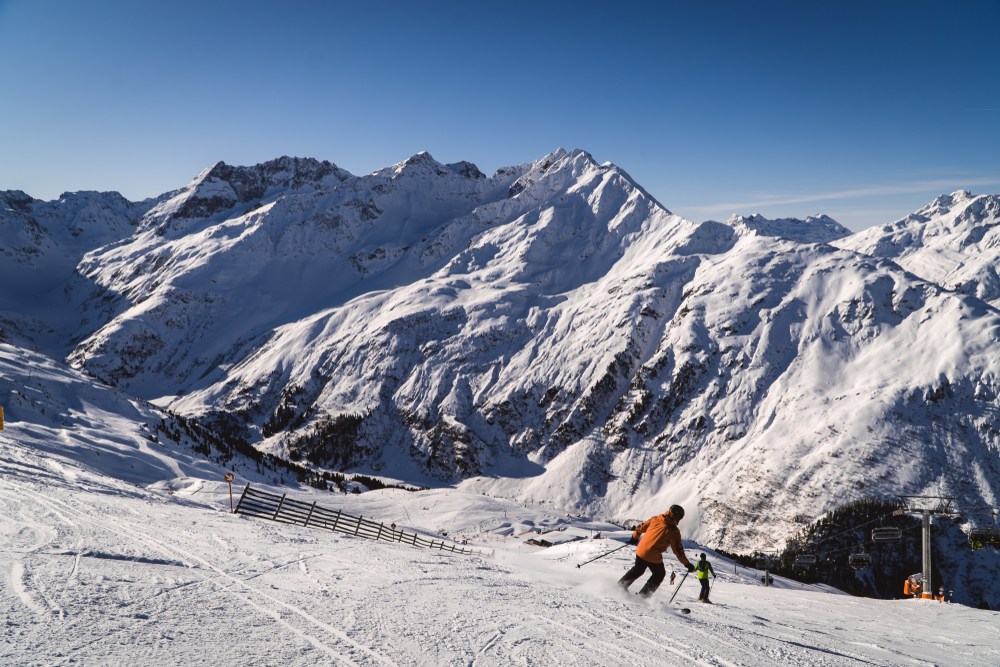
What are the dangers of Skiing?
Skiing is not statistically more dangerous than other sports such as football. However, many other factors come into consideration. Skiing involves many other hazards that few other hobbies do. Risks involve hitting rocks and trees, as well as other skiers. Although snow can often dampen the blow of falling, it can also conceal hazards such as rocks. The uncertainty often aggravates situations and can cause one to hit their head or break bones. All of these safety concerns are accentuated by the difficulty to properly communicate in mountainous areas. Skiing alone is more dangerous as injured skiiers may not manage to reach out for help on their own. The size and nature of ski trails create an environment that is not prone to easy signalling. Difficulties to easily communicate also happen when tools such as phone can be easily damaged by snow and impacts.
Awareness remains key in these situations and it can become difficult to achieve when multitasking.
How to take appropriate precautions?
There are many ways to take precautions in order to avoid as many risks as possible. Skiiers should ensure they are knowledgeable of the route they are taking. This includes knowing the weather and the possibilities of it changing. When possible, instructors and resorts should remind all of safety measures. This should include both everyday precautions as well as context specific issues for poor weather or more difficult slopes. Doing this can avoid unnecessary risks as well as ensure all are as aware as possible at all times of themselves and others around them. Appropriate communication channels to accurately alert are necessary as well. Not only is it essential they reach a wide audience, but can also withstand poor weather conditions.
Although ski patrols are present as much as possible to rescue those at risk, they remain humans and cannot be aware of all at all times. Having risk prevention solutions such as resistant wireless alert systems is an efficient way to provide assistance in keeping as many safe as possible.
Why Hazavoid?

Hazavoid offers fully wireless solutions: the Hazavoid Wireless Alarm System (pictured above) and the Hazavoid Wireless Alert Beacon System come with a backup battery and solar panels. This makes the systems flexible and cost-effective for various indoor and outdoor needs. The WiLAS System exists in two versions: a wall mounted and a portable one. The latter is especially helpful for those who need an immediate safety solution for periodic or temporary concerns. This can include outdoor sports as well as construction sites that may need monitoring. The customisable tones available enable for a wider range of applications. Users can choose to utilise existing alerts such as ‘Evacuate’ as well as create new tones and music to suit their needs.
Moreover, the WiLERT beacons can be activated manually or automatically to provide adequate reaction time and awareness no matter what. This means it is easy to diversify the use of the system for various locations. For instance, users can place sensors to activate the beacons whenever they detect someone crossing a zone of danger. This could assist avoiding skiiers entering avalanche-prone areas or other zones that may be harzadous.

